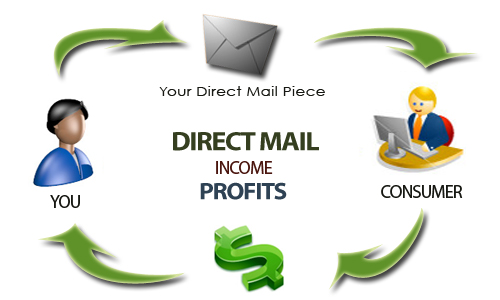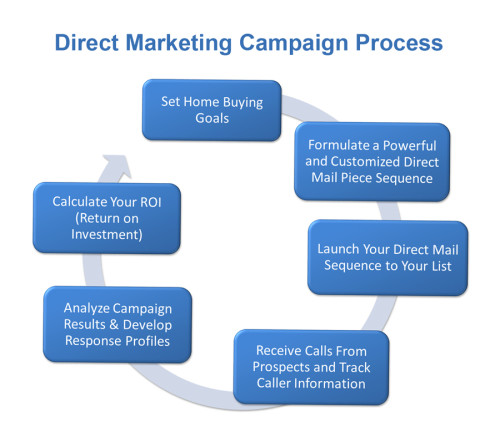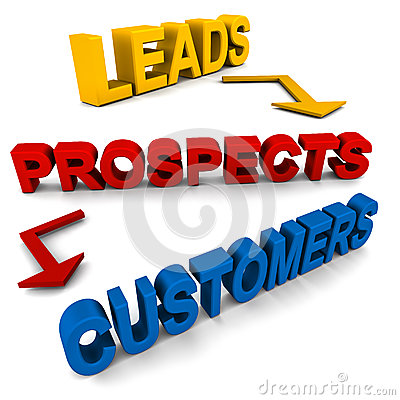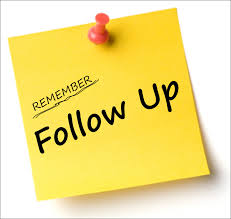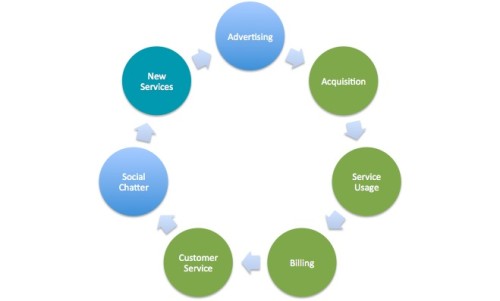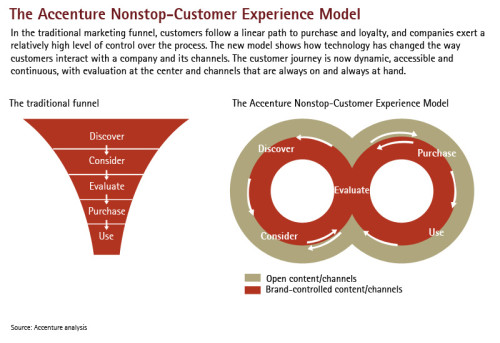How To Effectively Engage Your Website Visitors And Get Prospects To Your Most Profitable Content
Online business brand building tips – developing your business to business (B2B) brand has it’s own structures and processes, which are different from what a consumer sees and experiences from day to day…
Market alignment in context to all businesses going through cycles where there is growth, change and evolution.
As the market continuously experiences rapid innovation and clients’ expectations change, so does the need to enhance your brand’s digital experience.
Market alignment is to align marketing messages with your target audience, it’s the core reason why most small business B2B sales lead prospecting fails.

Apply what you learn in this jam packed report and your list grows fast. If you’re unhappy with the results just email and say so, thanks…
Kick-start Your Email Marketing
This jam-packed report empowers you to better understand and structure your email list building faster and more effectively.
We’re confident this information gives you the frame work with time to test and refine a bunch of tactics which deliver profitable results.
You’ll discover:
- Why building your email list must be priority #1 for your business
- Effective list-building tactics discovered via years of experience and countless tests
- How to use these results to grow your list faster than ever before
- Examples of how other successful business do similar steps to grow their B2B lists
- How to apply what we tested and learned into your own business
- How other smart and creative businesses are turning website visitors into a powerful email list to grow their business
- Why lots of businesses overlook these points and miss out on tons of subscribers…
One big difference between successful email marketing vs failures is successful email campaigns are always better structured for ways to build lists more effectively.
Even if you know a thing or two about email, we’re sure you’ll learn more from this and grow your list even faster.
How to get unstuck! Finally get clarity and stop bumbling around in the dark, dazed and confused about pay per click advertising (PPC).
How to Find Your PPC Make Money Numbers
Find out what does it costs you on average to generate a sale, for example; it costs you on average $20 to make a $22.41 sale.
Question:
Is it profitable?
Is it worth your time?
Can you optimise your website and/or PPC ads?
How do you calculate this number using the results you get from keyword conversions, what do these keyword results tells you:
keyword 1 cost $x to generate a sale
keyword 2 cost $x to generate a sale
keyword 3 cost $x to generate a sale
Add up all of the dollar amounts it costs you for each converting
keyword and divide it by the total number of converting keyword phrases.
That yields your average cost per conversion:
- keyword 1 cost $15.25 to generate a sale:
- keyword 2 cost $27.98 to generate a sale
- keyword 1 cost $21.13 to generate a sale
Add up all the “spends” and this totals to $64.36, THEN divide that by “3” (number of keywords) and the number = $21.45
So $21.45 is what you effectively spend to get conversations across your whole campaign.
This is the magic number you need to beat (assuming you’re already
optimized your bidding, ads, and landing page).
Discover first hand how to save $$$…let’s show you how powerful business audience marketing is in its simplicity as this action plan puts more cash into your pocket.
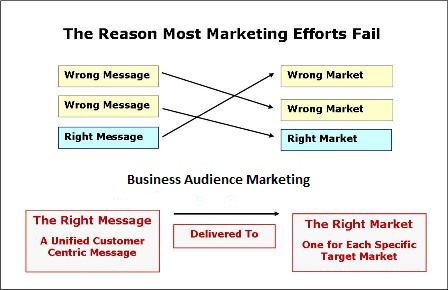
It is not what you ever dreamed so put this question to rest once and for all and get answers!
How you can save hundreds of dollars on tools and software others are draining their bank accounts. No need to join that crowd…
What if you’re stuck to make even one measly sale?
See for yourself how small businesses are knocking down sales. It is so simple to get results, still are you making the same costly mistake?
What if you’re primarily focused on building a B2B brand online?
there are various factors that have to be weighed in. Not only does a B2B brand cater to a far more niche audience or market but it also has to adhere to the finer conventions of branding and marketing.
Reaching out to consumers at large and to reach out to niche business clients are completely different ball games.
Effective Online B2B Branding Equity
You want to get accustomed with the most effective ways to reach out to your target audience, make an impact right at the onset and continue developing a relationship with your prospective and newly acquired clientele.
It is worth mentioning that building a B2B brand is not just sales or promotions.
Marketing and advertising, product development or client relations are all specific facets of developing a brand.
Domains come together along with many other factors to contribute to the establishing and eventual flourishing of a B2B business.

Take a Closer Look at Segments
You would a list which caters to every aspect of your business development, advertising, marketing including sales and analytics.
The world of business clients can also be categorized into different segments which differentiate prospective clients from those that wouldn’t be prospective leads for your specific product or service.
Identifying target segments, addressing concerns and meeting needs while pitching your product is the name of the game.
You’re creating a channel of compelling communication which is what is benchmark and crucial right at the start of your overall sales cycle.
Convincing a business is more complicated if the product or service is not really a basic necessity for the company you are catering to.
That’s why the use of analytics, the entire mechanism of advertising and promotions, appeal of marketing campaigns and sales pitches would be more significant than consumer products.
There are many facets to get accustomed to get the best results out of each of your initiative pertaining to every objective.
Identify your business audience which matters to your sales cycle because placing online ads involves choosing predefined business audience segments provided by audience-targeting platforms.
You want to get the right prospects which matter most to your business
without a lot of wasteful and ineffective “shot gun” or mass marketing.
You start this process by analysing your existing client database, talk to your sales team to determine which audience segment(s) represent buyers and represent your ideal clients.
You use this market research with business audience marketing due diligence checklist to guide you in your display advertising strategies.
Next step is to establish your branding goals and metrics.
Online branding is not a set and forget it form of marketing. In fact, there’s a lot of problems and pitfalls to understand before you even fall for in love with this myth.
You want to use your goals and timeframe to set-up your marketing campaign strategies and tactics that way you improve your chances of achieving your goals with better/stronger results.
You’d want to know why you ended up short and what to do about it so you’re constantly improving and growing your business bottom line and avoid making the same mistakes which hold you back.
You’re now at a stage where you can test content and ad creatives which are closely matched to your target audience.
You want to create content aligned to your ad creatives.
Why would you want to use this criteria before launching any of your marketing or advertising campaigns?
Firstly, you already understand you don’t want to create ads which don’t matter to your target audience….that’s why you’re testing your ad creative and content using an analytic platform.
This is called split testing, the process is simple, you create two identical ads and use one variable to compare each ad’s performance against each other to establish a benchmark.
The benchmark is basically the winning ad which performs best or what we call the control.
To establish your benchmark, you run both ads at the same time, web analytic software automatically rotates ads on a click by click basis to establish the underperforming ad.
You analysis and see the differences, kill under performing ad and improve performance by beating the control (establishing clear winner) creating another ad with one new variation.
This is all done by using web analytics, which measure and track performance of the ads in context to your target audience vising your website or dedicated landing page.
You’re learning the process of optimisation and why it’s crucial to not waste time an money marketing to prospects which are not aligned to your sales funnel or interested in what your business offers.
In other words you want prospective buyers or prospects which have a track record of taking action.
Web analytics empowers you to decide which marketing programs and campaigns do the best job of converting
prospects to customers at the highest conversion rates…makes sense right?
This marketing strategy allows you to understand client acquisition costs in context to client lifetime value, so you could invest more in the best performing marketing channels with tactics which matter most to your business and your existing and prospective clients.
This is where you really want to leverage the power of your business branding by using a blog.
Branding is leadership, positioning, establishing credibility and trust.
This is where you brand shines and takes centre stage by backing up every promise to connect only to prospects and clients which you want to and can support.
Your blog in conjunction with business brand building reinforces support. The fact your company is a leader and expert, not just another average business delivering mediocre experiences with empty promises.
Your blog allows you to leverage display advertising to create lift and momenteum across many marketing channels.
Why? Because it build your brand, and a familiar brand increases awareness or the type of searches.
You get better results by aligning content to specific ads, which in turn improves your market confidence, all comes back to market to message match across marketing platforms, (e.g; organic search, social media, facebook, twitter, google+, etc…)
You want to set-up tracking to measure value of display advertising beyond pay per clicks (PPC) and click through rates (CTRs).
PPC was at one point the best way to effectively measure the return on investment via online display advertising.
Now because of the every increasing and fierce competition with expansion of the Internet, these days you must be smarter in your marketing strategy.
You want to measure every possible leak in the bucket, in other words measure every process across multiple marketing channels and advertising platforms to include all key performance indicators (KPIs) aligned to time frames and action metrics.
This is the revenue goals basis for boosting sales and profits in B2B advertising and goal for building a targeted audience using defined parameters of cost efficiency with higher returns (ROI).
After you’ve rolled out various marketing campaigns you can plug-in and use social marketing to boost and asset your brand awareness.
The fact is over 1,000,000,000, that’s not a spelling mistake, its one billion people using Facebook, LinkedIn and Twitter.
Now you can really assert your brand reach with more marketing dollar fire power by leveraging re-targeting across your website, display, email and social channels, supported by your content management system (CMS) or blog platform.
Yes, you want to leverage every dollar in your pocket by staying true to what your clients want.
On targeted advertising works better, because you’re even more relevant, connecting and engaging interested audiences.
Retargeting reuses your existing advertising to increase awareness and frequency of ads shown across multiple channels.
Retargeting starts with your target audience and magnifies overall effectiveness of messages with ad placement to precise behaviour of target market at the exact time their interest is at peak.
Business Audienece Marketing



